8 Most Common Types of Grass in Hawaii (With Pictures)
-
- Last updated:
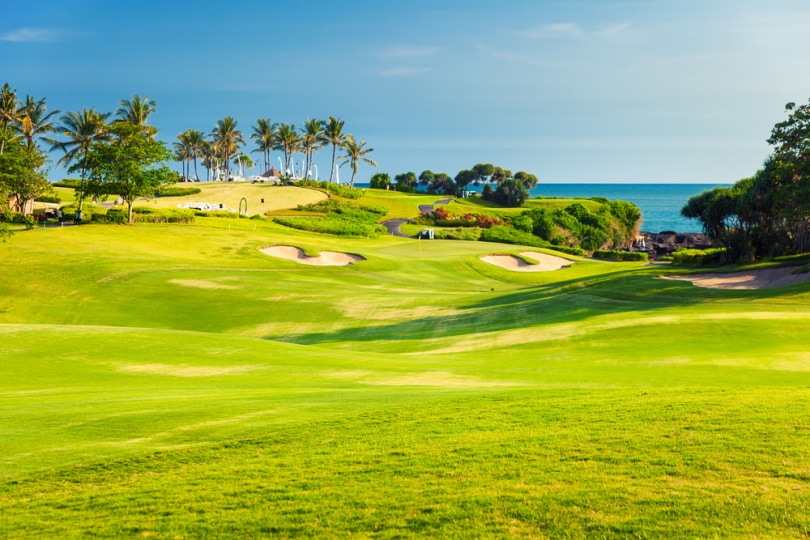
If you are looking to grow a lush lawn in Hawaii, it’s important to select the best grass for the area. As you might figure, many grass types are not suitable for the hot, tropical climate that Hawaii is loved for.
Luckily, there are quite a few grass types you can choose between. Below, learn about eight types of grass that are best for lawns in Hawaii:

The 8 Top Choices for Your Lawn in Hawaii
1. Bermuda Grass
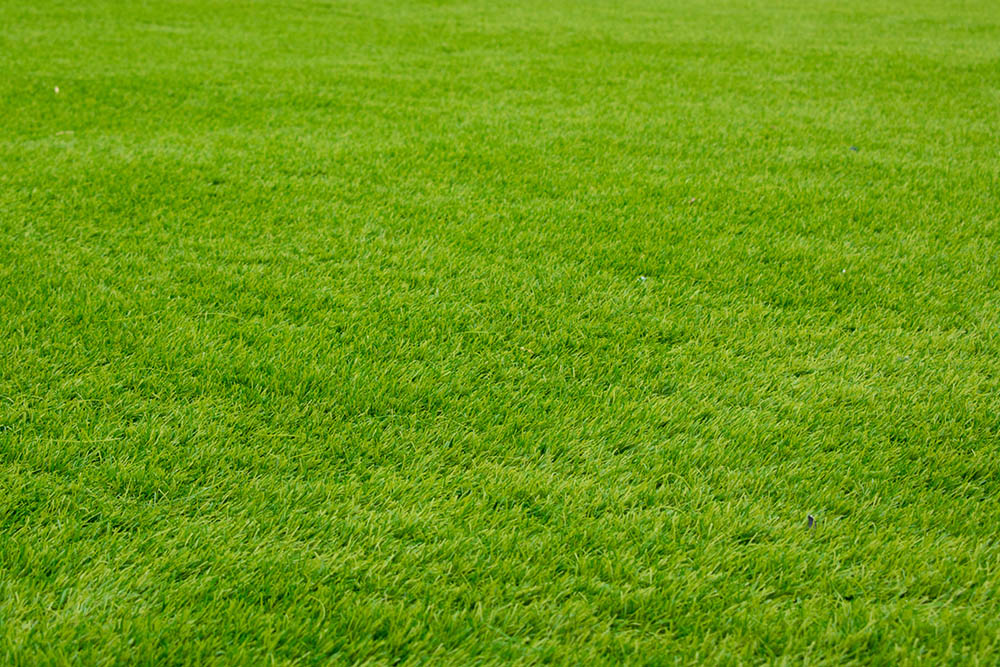
| Sun Requirements | Full to shady, depending on the species |
| Season | Warm to cool |
| Difficulty Level | Beginner |
Bermuda Grass has long been one of the most popular grass types in Hawaii. Up until the late 1960s, Common Bermuda was the grass of choice. Since then, certain Bermuda hybrids have been more popular because they can adapt to many different scenarios.
Because there are so many hybrid Bermuda Grass species available, you can actually select a Bermuda Grass designed for your yard. Some Bermuda Grass does best in full sun and hot weather, whereas others grow in shady, cool weather. You can select a species based on your home’s needs.
Nearly all Bermuda Grass species are easy to care for and maintain. So, select a species based on the environment and your ideal grass appearance. You truly cannot go wrong with Bermuda Grass in Hawaii.
2. Zoysia

| Sun Requirements | Full to shady |
| Season | Warm |
| Difficulty Level | Beginner |
About the only grass that gives Bermuda grass a run for its money in Hawaii is Zoysia. Just like Bermuda, Zoysia has been popular throughout the state for years, and it comes in many species. The three most common species include El Toro, Z3, and Emerald.
Many individuals choose Zoysia because it can tolerate the shade and wear easily. As a result, Zoysia is often the selection for lawns that will see a lot of wear and tear. El Toro is especially the best choice for this purpose.
As of late, new Zoysia species have come around. These hybrids have been designed so that they require less maintenance, fertilizer, and overall care. Be sure to research all the different species before selecting a Zoysia breed.
3. Centipede Grass
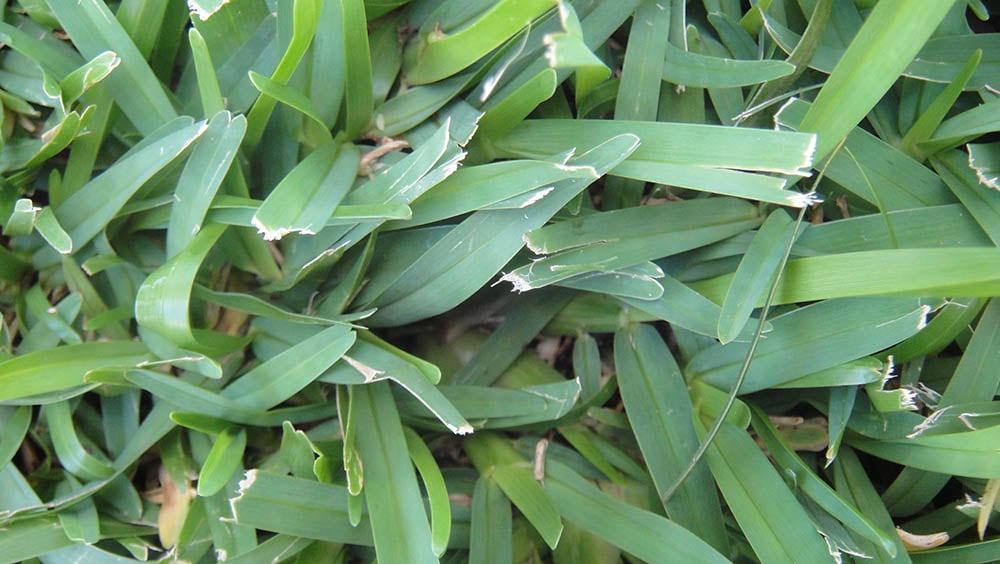
| Sun Requirements | Shady |
| Season | Warm |
| Difficulty Level | Moderate |
Centipede Grass is a good choice for Hawaii lawns where it can get a lot of water, especially in the summer. This type of grass is normally planted from the seed. Within 2–3 months, it will take root.
Many individuals select Centipede Grass because it is one of the few Hawaii grass types that grow lusciously in the shade. If you know that your yard has a lot of shade and cool weather, Centipede Grass may be for you.
The downside of Centipede Grass is that it is not drought tolerant. It will require a lot more water than the other warm-season grasses, but at least it is low maintenance and can tolerate the shade well.
4. Captiva St. Augustine
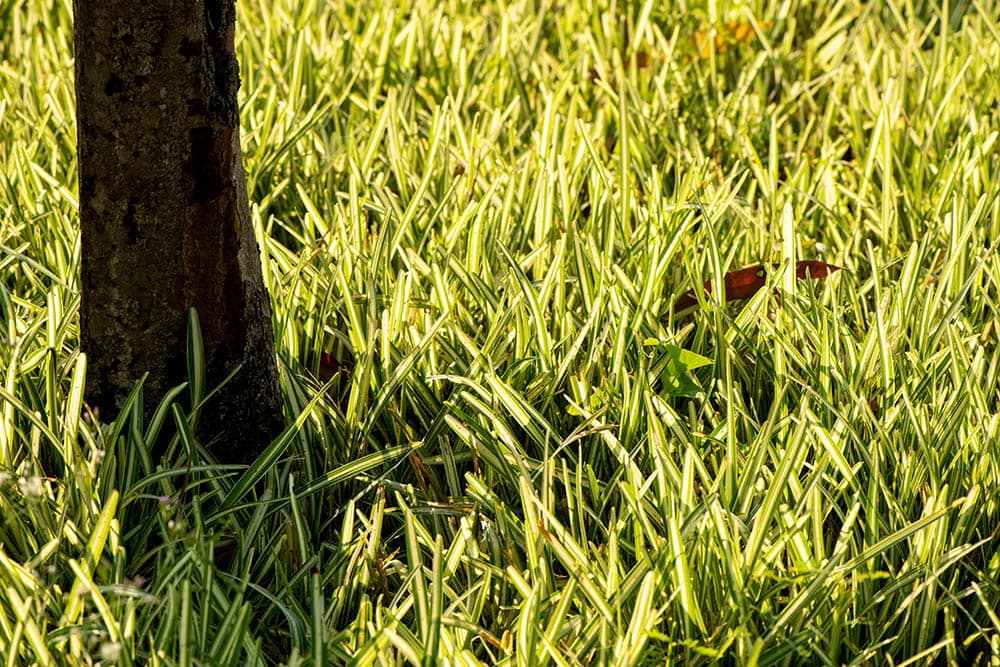
| Sun Requirements | Full to shady |
| Season | Warm |
| Difficulty Level | Moderate |
Captiva St. Augustine is incredibly coarse and often requires sod for planting. There are some dwarf species available that are a bit finer and shorter, making them a little bit easier to care for.
Because of the thick blade, Captiva St. Augustine is normally the choice of grass for people who want beautifully lush grass, but you will need a heavy-duty motor and mow the grass above 2½ inches for best results.
5. Seashore Paspalum
| Sun Requirements | Full |
| Season | Warm |
| Difficulty Level | Beginner |
Seashore Paspalum is a favorite grass type in Hawaii because it can withstand salt a lot better than other species. Whenever you flush out this salt with fresh water, the grass can tolerate the salts in the soil columns.
In general, Seashore Paspalum is mainly only used close to the seashore. In most other locations, Zoysia works just as well, if not better, for salt tolerance. Plus, Zoysia has other benefits that Seashore Paspalum does not have.
6. Kentucky Bluegrass
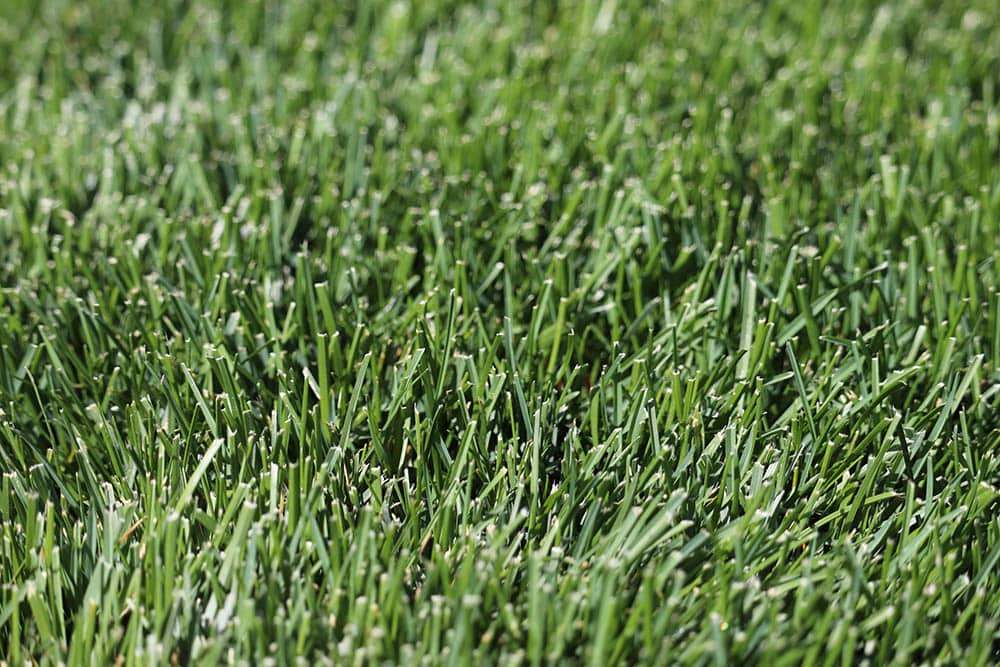
| Sun Requirements | Shady |
| Season | Cool |
| Difficulty Level | Beginner |
If you are looking for grass to withstand the Hawaii cool season, consider Kentucky Bluegrass. It is a perennial and grows best whenever it is cooler outside. It can tolerate shade reasonably well.
Kentucky Bluegrass is also a lot easier to care for than most other cool grasses. It is self-spreading and sod-forming. Once it is established, you don’t have to do as much to maintain the grass. Plus, it is downright beautiful.
7. Fescue
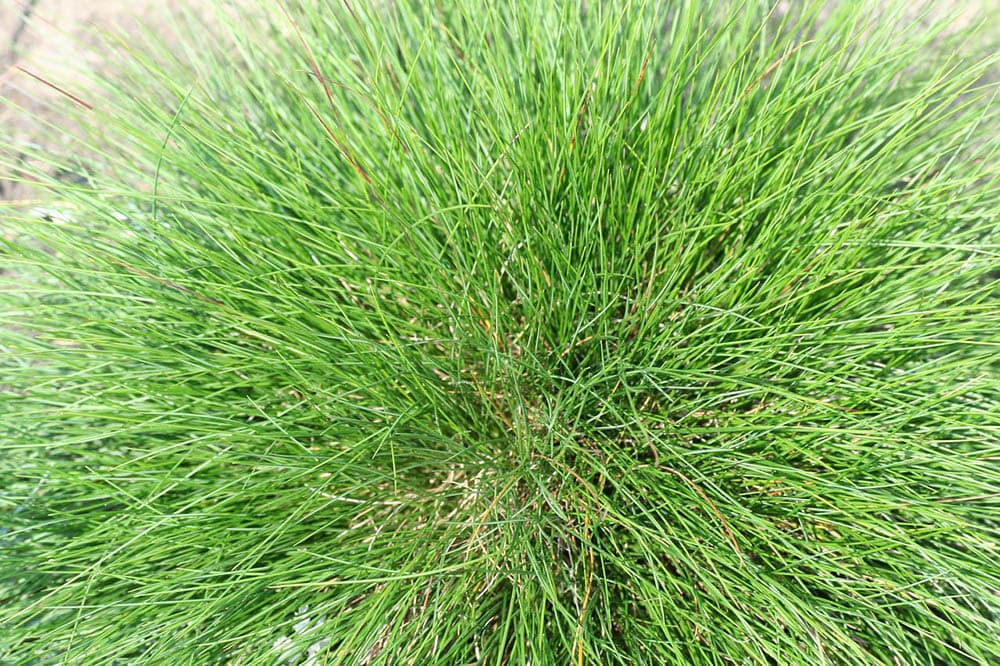
| Sun Requirements | Full to shady |
| Season | Cool |
| Difficulty Level | Beginner |
Fescue is another excellent cool-season species. Even though it is a cool-season grass, it can tolerate heat as well as cold. It also has great drought tolerance. It is most popular in the northwestern continental US, but it is a fair choice in Hawaii as well.
Fescue is also pretty low maintenance. It grows in bunches and does not require dethatching frequently. Because Fescue has such deep roots, you can expect the grass to draw nutrients out on its own, requiring less fertilizer than other cool-season species.
8. Rye
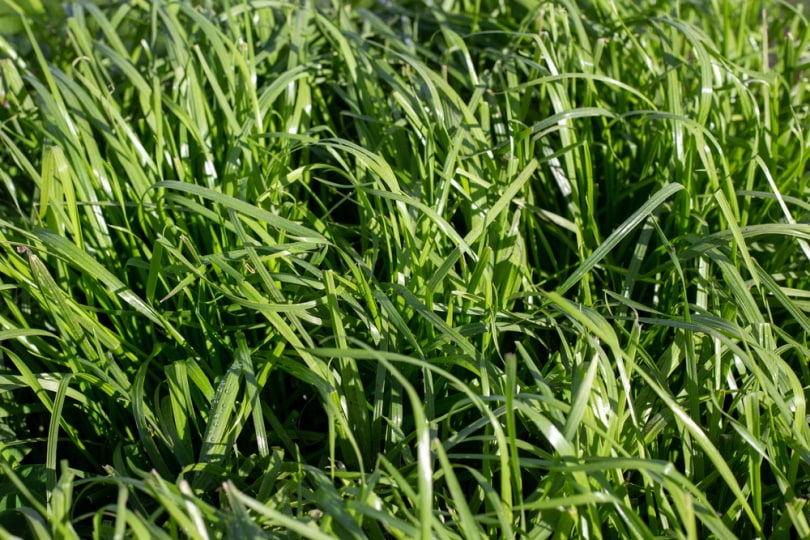
| Sun Requirements | Full sun |
| Season | Cool |
| Difficulty Level | Moderate |
Finally, the last grass type on our list is Rye. Rye is known to germinate much faster than any other species. Thus, Ryegrass is often used for temporary lawns.
Even though this is a cool grass species, it does not tolerate winter as well as the others. Of course, this isn’t that big of a deal in Hawaii. Something else you will have to keep in mind is that a dull mower easily shreds these grass blades, resulting in an unattractive lawn.

Tips for Growing Grass in Hawaii
Once you select the best grass type for your Hawaii lawn, you will need to grow the grass and keep your lawn maintained for the best results. Here are some tips to keep in mind:
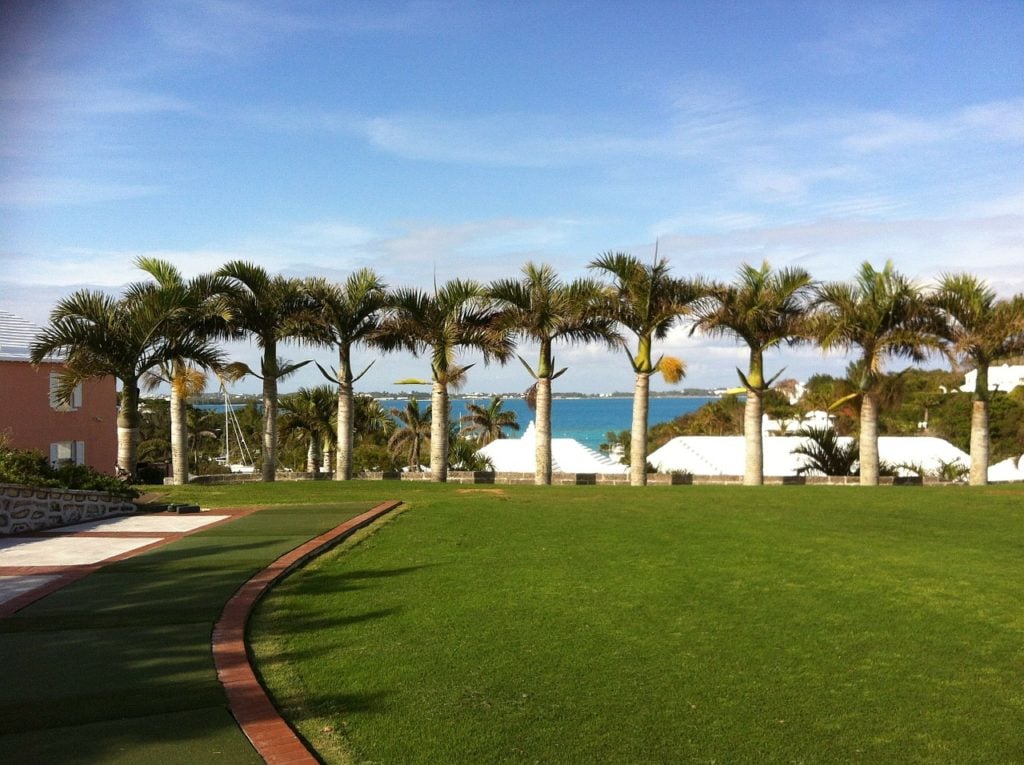
Know Your Soil Type
Whenever you are deciding on the best grass species for your lawn, test your soil to learn what sort of nutrients it holds. Knowing your soil type can help you pick the ideal grass and plants based on the dirt you are working with.
Prepare Your Soil
After you select a grass, make sure to prepare the soil before you lay any seeds. For example, aerating your soil is a great way to promote growth when it comes time to plant your grass seeds.
Maintain the Grass
Grass, even the most low-maintenance species, is something that needs some maintenance. You will need to control weeds, fertilize, mow, and water the grass. Read up on each species’ extensive maintenance needs so that you care for it properly.
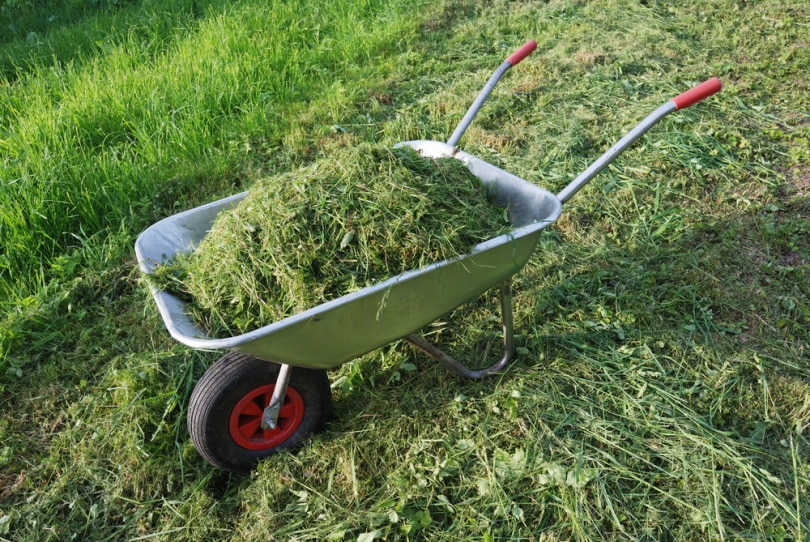
Get Professional Help
It can sometimes be tough to grow grass in Hawaii’s environment. If you are having trouble keeping grass alive, don’t hesitate to get professional help. There are tons of specialists in the area that can help you maintain and perfect your lawn.

Conclusion
If you are selecting grass for your lawn in Hawaii, any one of the eight species above will grow beautifully. That being said, we recommend either Bermuda Grass or Zoysia. Both grasses are highly popular in Hawaii and resistant to many scenarios.
No matter what kind of grass you select, make sure to maintain the grass after planting. Only through proper maintenance will the grass grow luscious and beautiful.
See Also: 22 Wildflowers That Grow in Hawaii (Identification Guide With Pictures)
Featured Image Credit: Cocos.Bounty, Shutterstock
Contents

